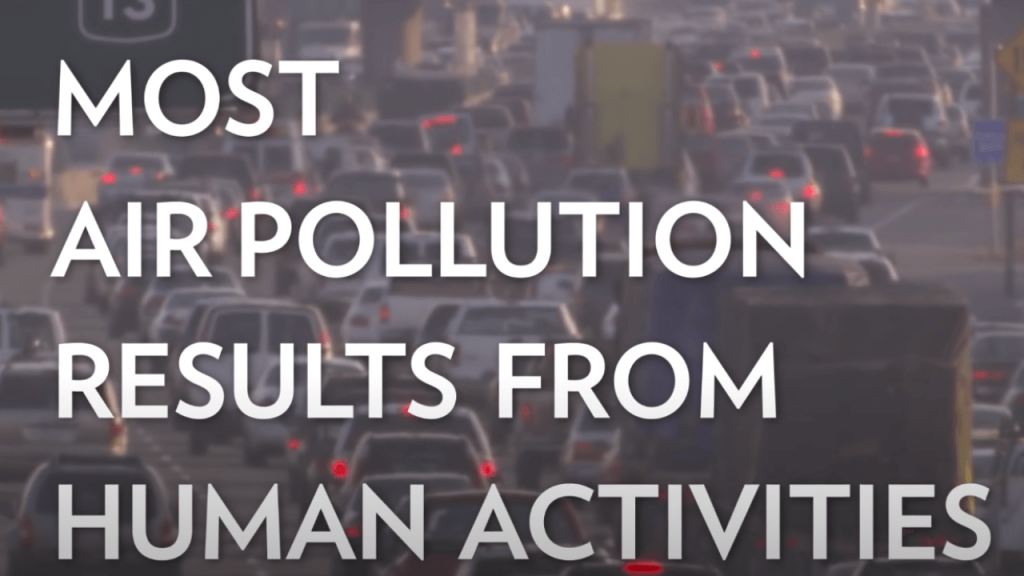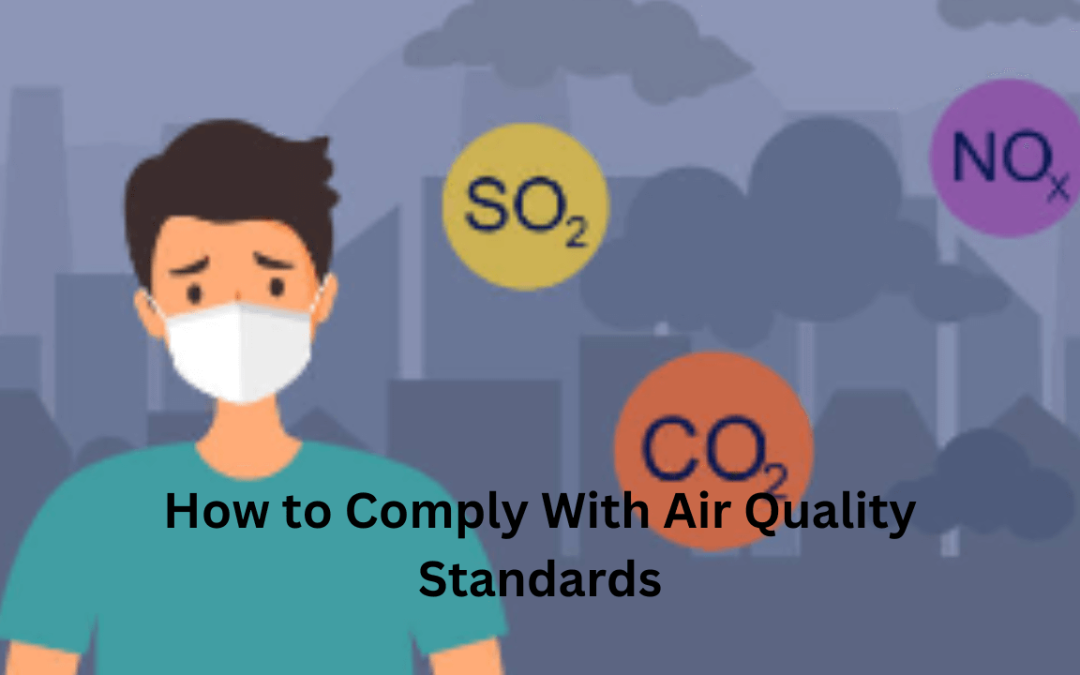Air quality standards are vital rules set to protect human health and the environment from air pollutants’ harmful effects. We recognize their importance as these regulations ensure a healthier atmosphere. Government agencies like the EPA establish and enforce these limits on pollutant emissions.
Air quality standards are essential due to air pollution’s negative impacts on health and nature. Research links it to respiratory issues, heart diseases, cancer, crop damage, ecosystem disruption, and climate change.
Compliance is crucial for human and environmental well-being. Understanding specific regulations and taking proactive steps to reduce pollutants are necessary. This post provides insights on ensuring compliance and adopting pollution-reduction practices.
By following standards and effective strategies, we work together for a cleaner, healthier environment for ourselves and future generations.
Understanding Air Quality Standards:
Air quality standards are vital rules set by government agencies to limit specific air pollutants in the atmosphere. We acknowledge their importance in safeguarding human health and the environment.
These standards cover pollutants like particulate matter, ozone, sulfur dioxide, nitrogen dioxide, and carbon monoxide. The precise limits may vary by location.
To comply, understanding their determination and enforcement processes is crucial. Agencies use research, public input, and expert consultations to set standards, which are enforced through monitoring and reporting.
Remember, standards update with new research. Compliance requires ongoing monitoring.
Familiarizing yourself with these standards empowers you to reduce emissions and ensure compliance. Together, we contribute to cleaner air and a healthier environment.
Sources of Air Pollution:

Air pollution arises from various sources—natural and human-caused—affecting both the environment and public health. Addressing these sources is vital to ensure clean air. Notable sources include:
- Transportation: Vehicles emit carbon monoxide, nitrogen oxides, and particulate matter.
- Industrial Processes: Manufacturing, power generation, and construction release chemicals, particulates, and greenhouse gases.
- Power Generation: Fossil fuel-based power plants emit sulfur dioxide, nitrogen oxides, and carbon dioxide.
- Residential/Commercial Activities: Heating, cooking, and chemical use contribute to pollution.
- Natural Sources: Wildfires, volcanic eruptions, and dust storms release pollutants naturally.
Combating pollution requires regulations, education, and individual efforts. Governments can limit emissions through regulations. Education informs about actions’ air quality impact. People can choose public transport, reduce energy use, and opt for eco-friendly products. Together, we mitigate air pollution’s harm, ensuring a healthier environment for all.
Steps to Comply with Air Quality Standards:
To ensure compliance with air quality standards, take these steps:
- Identify Standards: Understand relevant air quality rules by consulting government agencies and local regulations.
- Evaluate Emissions: Assess current emissions to find areas for improvement. Measure or estimate based on factors like fuel use.
- Create a Plan: Develop a comprehensive emission reduction plan. Consider new technologies, sustainable practices, operational changes, or alternative materials.
- Monitor and Report: Regularly monitor emissions to stay compliant. Track progress and report data to relevant agencies as needed.
By following these steps, you actively reduce harmful emissions and ensure standard compliance. This environmental commitment benefits both humans and ecosystems, fostering a healthier, more sustainable world.
Adopting Best Practices to Reduce Air Pollution:

In addition to adhering to air quality standards, we can promote these practices to reduce pollution and protect health and the environment:
- Sustainable Transport: Encourage efficient vehicles, public transit, biking, or walking. Educate about vehicle maintenance for emissions reduction.
- Energy Conservation: Support energy-saving habits like turning off lights and electronics. Advocate for energy-efficient appliances and responsible energy use.
- Eco-Friendly Products: Educate about non-toxic products. Promote eco-friendly cleaning, paints, and personal care items for better indoor and outdoor air quality.
- Renewable Energy: Advocate for solar and wind power. Encourage transitioning to clean energy, decreasing reliance on fossil fuels and emissions.
- Tree Planting and Green Spaces: Stress trees’ role in cleaner air. Organize tree planting, collaborate on urban green spaces, and educate on trees’ carbon dioxide and pollutant absorption.
By adopting these practices, we reduce our pollution impact, safeguard health, and nurture a greener environment. Embracing sustainability ensures a brighter future for all.
Conclusion:
Air pollution poses a significant threat to health and the environment, highlighting the need for air quality standard compliance. Protecting both health and the planet is vital. Understanding pollution sources and practicing emission reduction is key.
Compliance requires ongoing monitoring and lifestyle adjustments. The rewards—better respiratory health, reduced emissions, and preserved nature—are substantial.
In conclusion, complying with standards and adopting pollution-reducing practices creates a healthier, greener future for all. Let’s lead in fostering a cleaner environment for well-being.

